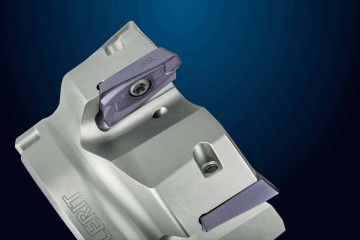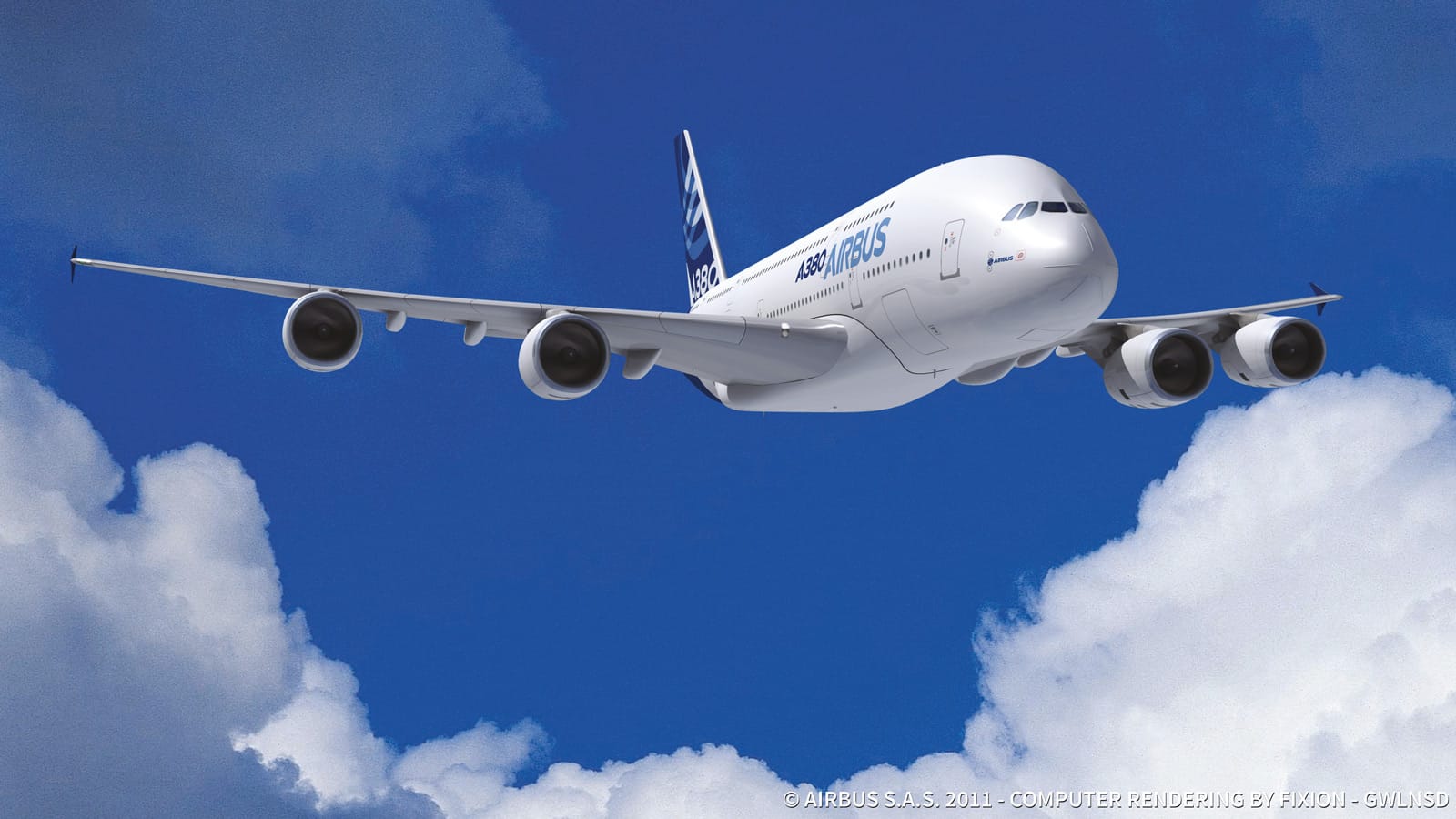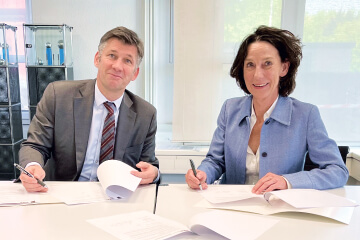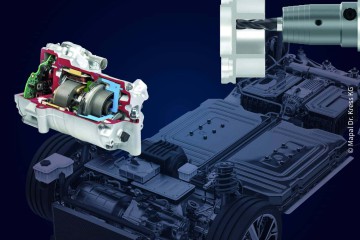
CFRP is revolutionizing the aviation industry – CemeCon diamond coatings are revolutionizing processing

Milling CFRP: CCDia®AeroSpeed® overcomes challenges with ease
Lightweight solutions just got even lighter in the aviation industry thanks to carbon fiber reinforced plastic (CFRP). Due to its low weight and high strength, the composite is increasingly replacing aluminum, the material used in aircraft construction up to now. CFRP comprises more than 50% of the materials used in modern long-haul jets. Processing this material for use in an industry where safety is paramount leads to various challenges. CCDia®AeroSpeed®-coated cutting tools enhance process reliability and have a longer service life.
A subtle buzzing sound can be heard when the milling tool cuts through the black workpiece to give it its final shape. “You can literally hear that the milling tool is coated with CCDia®AeroSpeed®,” states Manfred Weigand, Product Manager Round Tools at CemeCon, with enthusiasm. “This is because the coating has a nano-crystalline surface, making it extremely smooth, which prevents the workpiece from chattering loudly or vibrating during processing.” The reason behind this phenomenon: AeroSpeed® coatings are so smooth that the filaments comprising each one of the countless carbon fibers are not “snagged” by the cutting tool. Instead, they simply slide to create workpiece surfaces that are especially even, with no delamination or protruding fibers.
According to Weigand, the structure of CFRP can be described in just a few key words: During production, mats made from bundled carbon fibers are laid or woven depending on the planned qualities of the component. These are then soaked in an epoxy resin and baked in an autoclave: The pressure and heat fuse the fibers embedded in resin and cure them into the desired shape.The fibers guarantee durability and strength in the exact places where this is required.
Extremely sharp cutting edges for high process reliability
While this creates a structure with a host of advantages, it also gives rise to various challenges in processing. If, for example, individual fibers are only folded down instead of fully cut off during drilling, they will protrude into the borehole. What happens then? Aircraft components are riveted. First of all, the protruding fibers are riveted together with the components. However, vibrations during flight will cause them to break after just a few short hours. The rivet then has too much space in the hole. In a worst-case scenario, this can cause it to break entirely. Tools coated with CCDia®AeroSpeed® feature extremely sharp cutting edges, which ensure that all fibers are cut through for maximum process reliability. This is also adept at preventing delamination, which involves individual carbon fibers becoming detached from the compound. One reason for this is the specific adhesion technology used, which guarantees maximum interlocking of the diamond coating with the solid carbide tool while preserving the micro-geometry of the cutting edge.
As stated, the CFRP is baked in an autoclave. When drilling and milling, the temperature may not exceed 180°C. The smooth surface of CCDia®AeroSpeed® reduces friction, i.e. heat build-up, and prevents the resin from starting to melt and the micro-structure from losing its rigidity once more. Unconditional quality when machining CFRP is the top priority when it comes to the construction of premium aircraft. As well as guaranteeing maximum process reliability and performance, CCDia®AeroSpeed® results in economic benefits for aircraft manufacturers, as ten times more boreholes can be drilled into the highly abrasive carbon fiber/epoxy resin compound with CCDia®AeroSpeed®-coated tools than with uncoated ones.
Download this FACTS Story as PDF Overview of all FACTS magazines (PDF)
